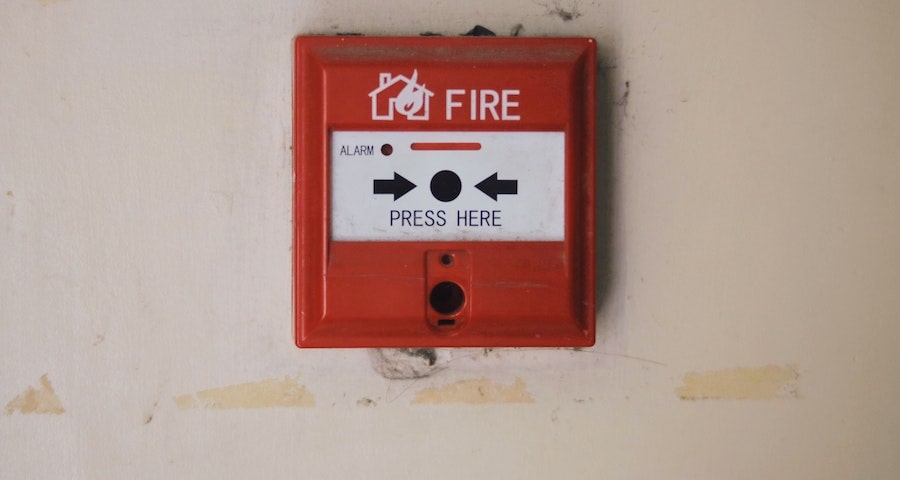
Fire safety is something that should never be taken lightly. One of the most important components of fire safety is having a fire alarm system in place. Fire alarms save lives by alerting individuals of the presence of a fire and giving them time to evacuate the premises safely. However, not all fire alarms are created equal. There are different types of fire alarms available, each with its unique features. In this blog post, we will discuss the different types of fire alarms and how you can make an informed choice when deciding which one to install.
Contents
Ionization Alarms
Ionization alarms are the most common type of fire alarm and are very affordable. They use an ionization chamber to detect smoke particles released by a fire, which then triggers an alarm. However, they may not detect smoke from slow-burning fires, such as those caused by electrical shorts and cigarette smoking. Therefore, it is best to use ionization alarms in conjunction with other fire alarms.
Photoelectric Alarms
Photoelectric alarms use a beam of light to detect smoke particles. When the beam is disrupted by smoke particles, an alarm is triggered. These alarms typically respond more quickly to smoldering fires than ionization alarms.
Heat Alarms
Heat alarms don’t detect smoke. Instead, they detect sudden increases in temperature, such as those that occur during a fire. They are suitable for use in kitchens and garages because they do not produce false alarms from cooking or engine exhaust.
Smart Fire Alarms
Smart fire alarms are the most advanced type and are connected to the internet via Wi-Fi. They send alerts to your phone, tablet, or computer, which is especially handy if you are away from home. They also provide real-time updates on the status of the fire, and some can even send notifications to the local fire department. However, smart fire alarms are the most expensive type and may not be suitable for everyone.
Combination Alarms
Combination alarms are a combination of two or more of the above types of fire alarms. For example, you can have an alarm that combines ionization and photoelectric detection technology. Combination alarms are the most versatile, but they are also the most expensive.
Conclusion
Choosing the right type of fire alarm is crucial to ensure your safety and that of those around you. You should consider the size of your home, the number of rooms, and the type of activities that take place in each room when deciding which alarms to install. By being informed about the different types of fire alarms available, you can make an informed decision that suits your needs and budget. Remember, it is better to invest in a high-quality fire alarm system than to risk the safety of yourself and your loved ones.
